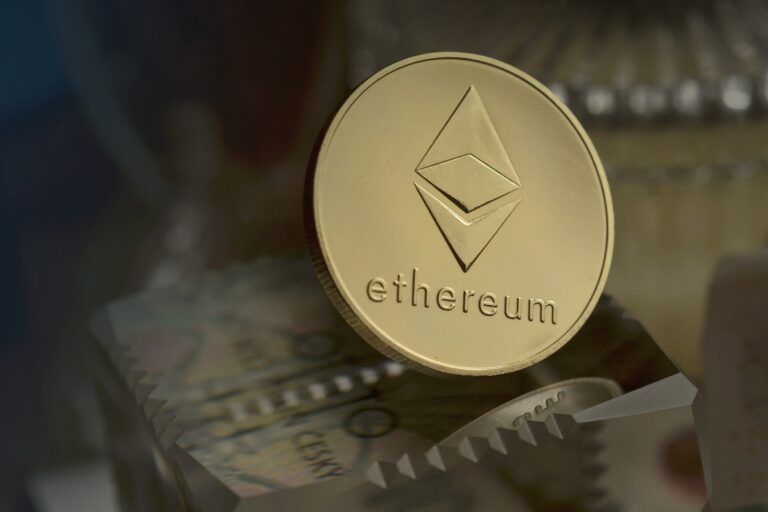The Ethereum blockchain, the foundation of the decentralized finance (DeFi) ecosystem, has consistently struggled with scalability issues. Network congestion during periods of high activity results in transaction time delays and exorbitant gas fees, hampering the user experience and hampering the network's ability to support a wide range of applications. The Dencun upgrade introduced in March 2024 takes an important step towards addressing these challenges, introducing new concepts that lay the foundation for a more scalable future for Ethereum.
Dencun, which integrated the Cancun and Deneb upgrades, did not offer an instant silver bullet solution. However, this represented an important watershed in the development of Ethereum. Dencun’s highlight was the introduction of “proto-dunksharding,” a concept that paves the way for future sharding implementations on the Ethereum network. Sharding essentially involves dividing a blockchain into partitions or shards, each of which processes transactions independently. This parallel processing capability has the potential to significantly increase transaction throughput on Ethereum. Although Dencun itself does not implement sharding, it lays the technical foundation for future integration.
While addressing long-term scalability was a core objective, Dencun's impact on trading fees in the short term was more subtle. This upgrade does not directly reduce fees on the main Ethereum network. Instead, we focused on optimizing pricing within the Layer 2 network. Layer 2 solutions operate on the Ethereum blockchain and bundle transactions and process them off-chain before sending them back to the mainnet. This approach can help reduce congestion on the main Ethereum network, potentially lowering fees for users.
EIP-4844, a key component of Dencun, specifically reduced the cost for layer 2 networks to send bundled transactions to the main Ethereum blockchain. This Layer 2 efficiency improvement can indirectly lead to reduced charges for users of these Layer 2 solutions. However, it is important to note that the rate savings realized in Layer 2 networks may not be as large as initial projections suggested, and the long-term impact on rates requires further observation. .
The Dencun upgrade had unexpected results. By successfully lowering transaction fees, the amount of ETH consumed on the network has also decreased. Previously, increases in network activity were matched by increases in fees, and a portion of these fees would be burned off, creating a deflationary effect on the total supply of ETH. This deflationary mechanism was one of the anticipated benefits of the Ethereum merge, the transition from proof-of-work to proof-of-stake consensus mechanisms. As ETH burn decreased and the natural increase in supply continued, the total supply of ETH started increasing again at a faster rate compared to the post-merger period. This change pushed ETH back into an inflation model.
The legacy of the Dencun upgrade is multifaceted. This clearly addressed scalability concerns and set the stage for a future Ethereum capable of handling significantly larger volumes of transactions. However, the unintended consequences of potentially reversing ETH's deflationary trend have sparked debate about the future trajectory of Ethereum's economic model.
The Dencun upgrade brings new analysis from CryptoQuant, a highly regarded South Korea-based blockchain analytics company. According to CryptoQuant, this upgrade could significantly change Ethereum's path to becoming an “ultra-sound currency,” a concept that describes a currency that increases or maintains its value over time.
CryptoQuant explains that “super healthy money” in the context of Ethereum refers to the blockchain’s potential for the total supply of ETH to decrease over time. They say this was facilitated by strategic upgrades like EIP-1559 and The Merge, which introduced mechanisms to burn some of the transaction fees. According to CryptoQuant, this feature was crucial in reinforcing Ethereum’s deflationary economic model.
After the Dencun upgrade, CryptoQuant notes important changes. This means that Ethereum transaction fees have been decoupled from network activity levels, which has effectively changed the ETH burn rate. Although this has reduced transaction costs for users, CryptoQuant has raised concerns that this adjustment challenges the deflationary mechanism previously set up by The Merge. They highlight that maintaining deflationary supply now requires significantly higher network activity than before.
CryptoQuant has clearly stated that reducing transaction fees, while beneficial for user adoption and network throughput, will create inflationary pressures on the Ethereum ecosystem. They argue that this change could impact ETH's long-term valuation and impact Ethereum's attractiveness as a deflationary asset.
Featured image via Pixabay

